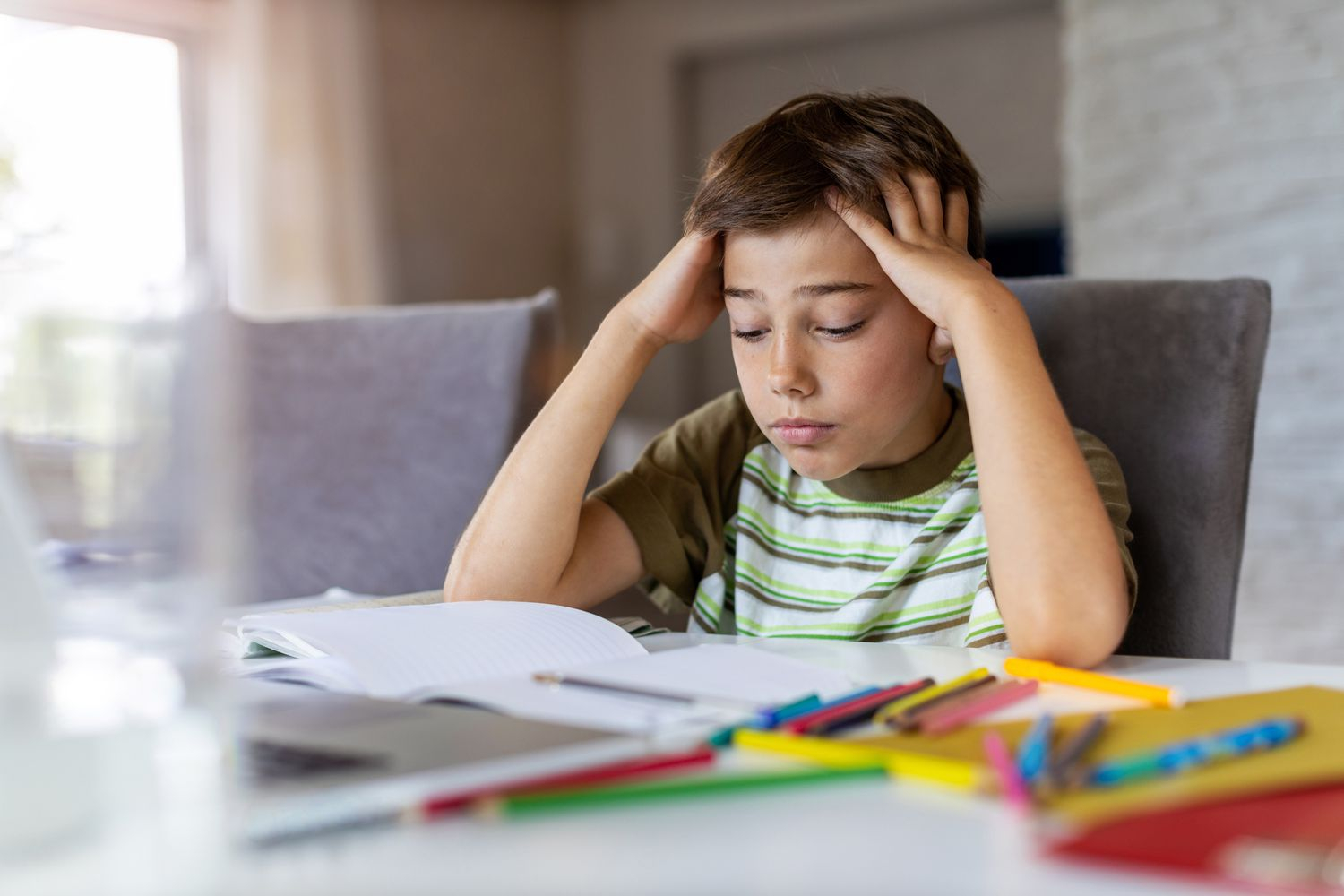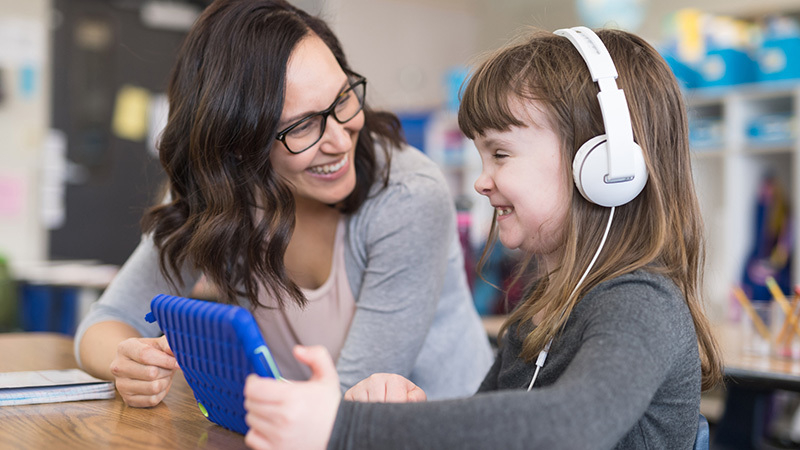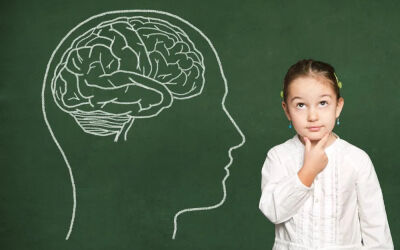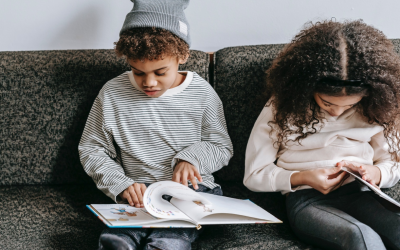
Reading is a crucial skill that every child needs to acquire in order to succeed academically and in life. However, children with learning disabilities often struggle with reading. Making it challenging for them to learn and retain information. It’s important for parents, caregivers, and educators to understand the specific needs of children with learning disabilities. And develop effective reading strategies to help them overcome their challenges.
In this article, we will discuss some of the most effective reading strategies for children with learning disabilities. These techniques have been proven to help children improve their reading skills and develop a love for reading.

Understanding Learning Disabilities and Reading Challenges
What are Learning Disabilities?
Learning disabilities are neurologically-based conditions that affect the way children process information. These conditions can make it difficult for children to learn and apply new information in a traditional classroom setting. There are many types of learning disabilities, including dyslexia, dysgraphia, and dyscalculia.
How do Learning Disabilities Affect Reading?
Learning disabilities can make it challenging for children to learn to read and comprehend written material. Children with learning disabilities may struggle with phonemic awareness, decoding, and comprehension. Which can make it difficult for them to progress as readers.
Common Reading Difficulties in Children with Learning Disabilities
Some of the most common reading difficulties in children with learning disabilities include: difficulty with phonemic awareness, trouble decoding words, slow reading speed, difficulty with spelling and writing, and trouble comprehending what they read.

Effective Reading Strategies for Children with Learning Disabilities
1. Multisensory Learning
Multisensory learning is a teaching method that engages multiple senses to help children learn. It involves the use of different senses such as touch, hearing, and sight, to make learning more memorable and meaningful. Some multisensory learning activities that can help children with learning disabilities improve their reading skills include: tracing letters and words in sand, creating stories with objects, using colored pencils to create visual images while reading, and using games to practice reading skills.
2. Phonics Instruction
Phonics instruction involves teaching children the relationship between sounds and letters. This approach can help children learn to decode words and read more fluently. Phonics instruction typically involves using a structured program to teach children the sounds of the alphabet. And how to blend those sounds together to form words. It is important to note that phonics instruction is not a one-size-fits-all approach. Teachers should tailor instruction to meet the specific needs of individual students.
3. Sight Word Instruction
Sight words are words that are commonly used in written language. They must be memorized by sight rather than through phonetic decoding. Sight word instruction involves teaching children these words through repetition and practice. Some effective ways to teach sight words to children with learning disabilities include flashcards, games, and word matching activities.
4. Decoding Strategies
Decoding strategies involve using knowledge of letter-sound relationships to sound out unfamiliar words. For children with learning disabilities, this can be a particularly challenging aspect of reading. Decoding strategies can involve breaking words down into smaller parts and using phonics rules to decode them. It is important to remember that not all children will respond to the same decoding strategy. And teachers or parents should work to find the most effective approach for each kid.
5. Comprehension Strategies
Comprehension strategies help children understand and retain what they read. These strategies can be particularly helpful for children with learning disabilities who may struggle with comprehension. Some effective comprehension strategies include asking questions before, during, and after reading, summarizing the main points of a story, and visualizing what is happening in the text.
6. Fluency Strategies
Fluency strategies help children read more quickly and smoothly. These strategies can be particularly helpful for children with learning disabilities who may struggle with slow reading speed. Some effective fluency strategies include reading aloud, timed reading activities, and repeated readings.
7. Reading Aloud
Reading aloud is a powerful tool that can help children with learning disabilities improve their reading skills. When parents or teachers read aloud, children can hear what fluent reading sounds like. Which can help them improve their own reading speed and accuracy. Reading aloud also exposes children to new vocabulary and can help improve their comprehension.

Assistive Technology for Reading
Text-to-Speech Software
Text-to-speech software reads text aloud to students. This can be especially helpful for children with learning disabilities who struggle with decoding, reading speed, or comprehension. Text-to-speech software can be used with electronic devices or computer programs and can help students better access text-based content. Many text-to-speech programs also have additional features. Such as highlighting text as it is read, which can help with comprehension.
Audiobooks
Audiobooks are another helpful tool for children with learning disabilities. Audiobooks allow children to listen to books being read aloud. Which can help them build comprehension and improve their overall reading skills. Audiobooks are available through many online retailers, and some public libraries offer them for free.
Electronic Reading Devices
Electronic reading devices, such as tablets or e-readers, can be helpful for children with learning disabilities. These devices can offer a variety of reading materials in one location. And many have features that allow for adjusting font size and line spacing. Some electronic reading devices also offer text-to-speech capabilities.
Reading Apps
There are many reading apps available that can help children with learning disabilities improve their reading skills. Some of these apps offer games or activities that help with phonics instruction. While others offer a variety of leveled reading materials to help improve fluency and comprehension.
Speech Recognition Software
Speech recognition software allows students to dictate their responses to written material. This can be especially helpful for children who struggle with spelling or handwriting, and can allow them to better focus on the content of what they are reading.
Screen Readers
Screen readers are programs that read aloud the contents of a computer screen. This can be especially helpful for children with learning disabilities who may struggle with visual processing. Screen readers can read text from websites, documents, and emails.
Conclusion
Reading can be challenging for children with learning disabilities. But with the right strategies and resources, it is possible for these children to become confident and skilled readers. Multisensory learning, phonics instruction, sight word instruction, decoding and comprehension strategies, fluency strategies, and assistive technology can all be helpful tools to support reading development in children with learning disabilities. By providing a supportive and encouraging environment, parents and teachers can help these children develop the skills they need to succeed academically and beyond. Find the next perfect book for your child after completing our 2-minute test for parents!
FAQs
1. Can children with learning disabilities learn to read?
Yes, children with learning disabilities can learn to read. With the right support and instruction, many children with learning disabilities can make significant progress in their reading skills.
2. How can parents help their child with a learning disability become a better reader?
Parents can help their child with a learning disability become a better reader by providing a supportive and encouraging environment. By using effective reading strategies, and utilizing technology and other resources to support learning.
3. What is the best way to teach phonics to children with learning disabilities?
The best way to teach phonics to children with learning disabilities may vary depending on the child’s individual needs. It may be helpful to use a structured program that is tailored to the child’s specific learning style and strengths.
4. What are some effective comprehension strategies for children with learning disabilities?
Some effective comprehension strategies for children with learning disabilities include asking questions, summarizing, and visualizing. It can also be helpful to break down complex information into smaller, more manageable chunks.







